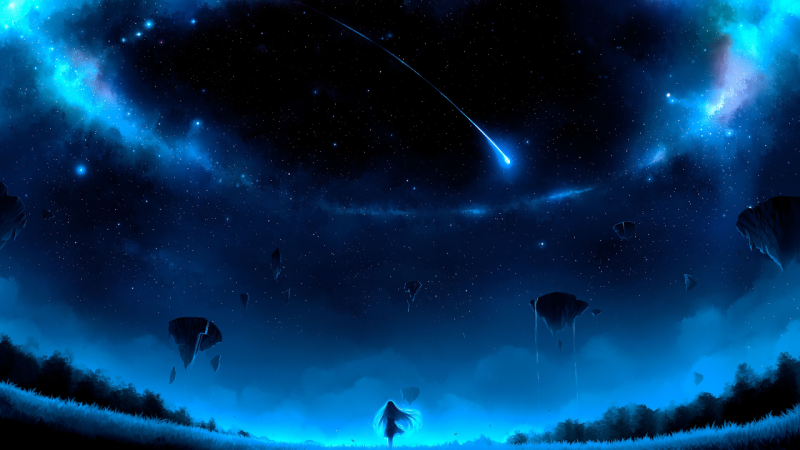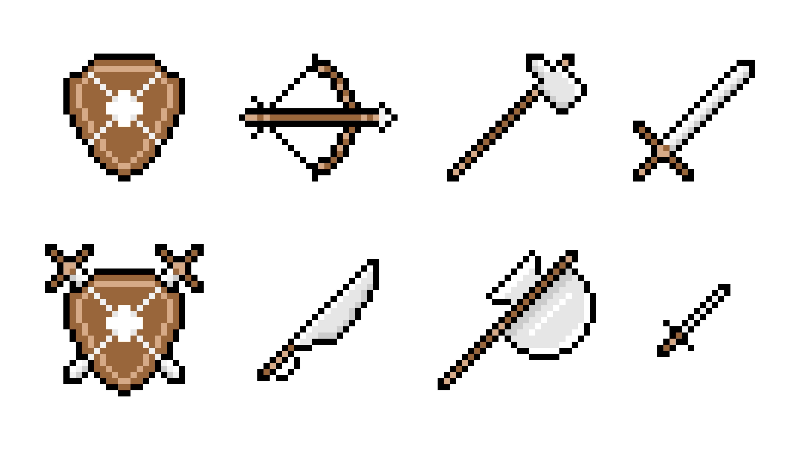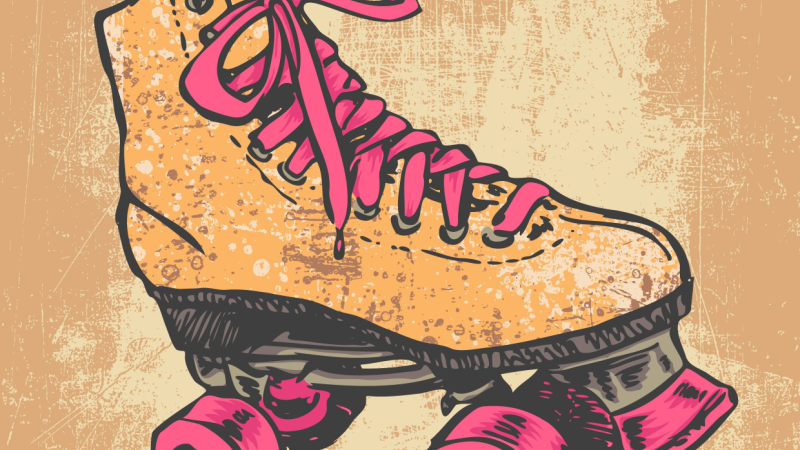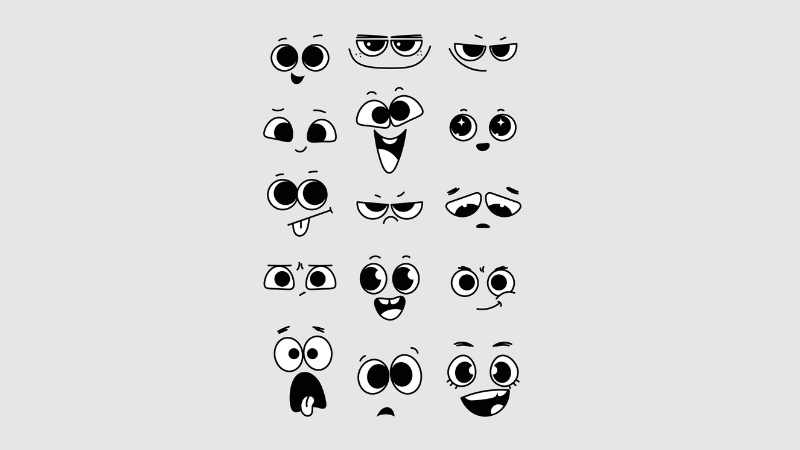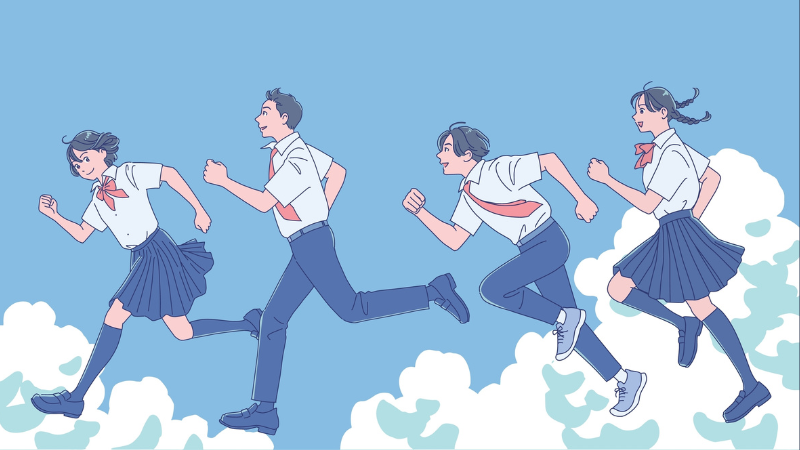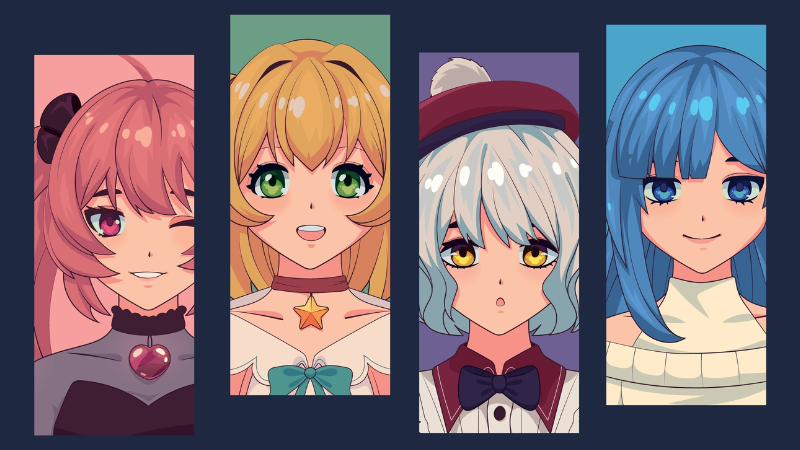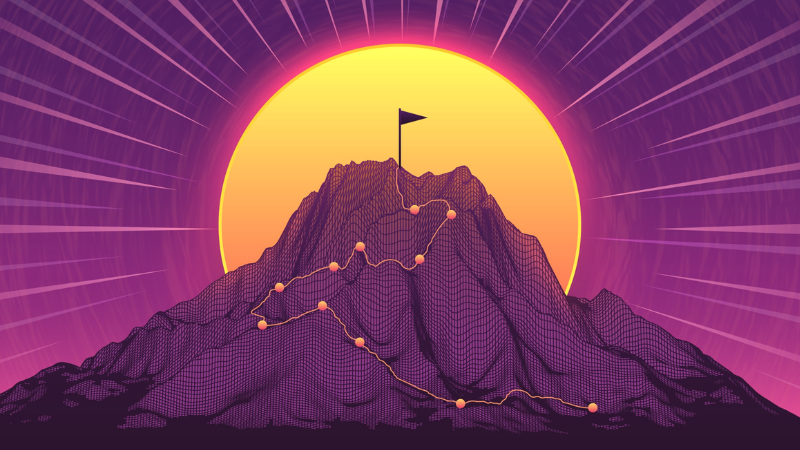Rocket League Arenas: Embrace the Rumble & Dunk Some Hoops
By DGtal | January 15th, 2018 | Categories: Rocket League
If you’ve been playing Rocket League for any amount of time, you’ve surely noticed there are a dozen or so distinct arenas randomly assigned by the game for each match.
The differences between any two Rocket League Arenas vary significantly. Certain game modes, such as Hoops and Dropshot, require specially designed arenas to accommodate for a different gameplay. Casual and competitive arenas, on the other hand, differ more in looks rather than functionality, as they have all been standardized to offer more consistency and a more unified gameplay experience.
Now, you may be wondering, why are there so many different Rocket League arenas? One of the big reasons is to keep the game fresh for both new and existing player base. There are players with hundreds of hours of playtime and thousands of matches under their belt – just imagine the experience of playing any game for that long on the same map over and over again. It would become rather stale, right?
Let’s go over each and every Rocket League arena in both the Standard and Alternate rotation.
Table of Contents
Standard Rotation
The Standard rotation features about a dozen or so Rocket League arenas all made similar to each other, but different enough to offer a necessary amount of variation for prolonged sessions.
Aqua Dome
Going purely by the alphabetical order, Aqua Dome comes first. It’s objectively one of the cooler maps to play on, as the surrounding scenery makes for a convincing underwater atmosphere. The only downside to it is the lower-than-average frame-rate. Most people won’t notice the difference, but on lower end PCs, it might feel jerky at times.
Beckwith Park
Named after one of the Rocket League designers, Ben Beckwith, this arena is as typical as it can get. With 3 variants (day, night, storm) and rather scarce surroundings contributing to diluted background contrast, Beckwith Park can sometimes present visibility issues, so beware.
Champions Field
Champions Field has a proper stadium vibe to it. It’s one of the newest Rocket League arenas, introduced in late July 2017 and updated later in September’s Autumn Update. The update added a day variant. Most players dig the night variant though, with just the right amount of lighting and contrast to keep your eyes at ease.
DFH Stadium
Named after the initials of Psyonix CEO David F. Hagewood, DFH Stadium features 4 variants – two-day variants, stormy and snowy. The last one is used regularly in Rocket League’s Snow Day events. It has a nice city background and it’s certainly one of the staple Rocket League arenas.
Mannfield
Mannfield is certainly an arena you’ll be playing on very often. It belongs to the first batch of Rocket League arenas and it has withstood the test of time. With 4 distinct variants (day, night, stormy, snowy) Mannfield is Rocket League incarnate.
Neo Tokyo
A name that will send chills through many veterans’ spines, Neo Tokyo bears semblance to its original predecessor only in the name and the setting. Otherwise, it’s every bit as standardized as other Rocket League arenas. However, new players will probably find it a bit more challenging simply due to the very vivid color scheme used in its design.
Starbase ARC
Another name on the list bearing considerable notoriety, Starbase ARC is a remodeled and standardized version of its octagonal predecessor. The colors will take some adjusting time, as it is often a bit challenging to discern your opponents from the surrounding background and the arena elements itself.
Urban Central
Another one of the “oldies,” Urban central offers three distinct variations (rainy, dawn, night), all neatly matched with the urbanized surroundings of the arena itself. A cool design and just the right amount of everything make this a favorite Rocket League arena for many players, new and old.
Utopia Coliseum
Utopia Coliseum was released shortly after the launch set, and it’s one of the most recognizable Rocket League arenas out there. The three different variations are daytime, dusk, and snow.
Wasteland
Arguably the most notorious Rocket League arena of all, Wasteland resembles its predecessor only by the name. It was re-hauled and standardized to qualify for the Standard rotation. However, the name and the distinct look still haunt many veterans out there, invoking many bad memories in an instant.
Farmstead
This Rocket League arena was added to the Standard rotation as part of the Autumn update, offering a rural-themed setting while keeping in line with the Standard play requirements. It’s definitely one of the more distinct, yet minimalistic Rocket League arenas out there.
Alternate
Alternate Rocket League arenas feature all the mode specific and non-standardised arenas that you can play in. There’s the Hoops arena called Dunk House, where you can play an often hilarious game of 2v2 car basketball. It can actually be beneficial to your dribbling skills, as it’s quite smaller than the standard arenas and requires more direct contact with the ball. Core 707 is designed specifically for Dropshot, where the aim is to score the “goal” through the opponents’ arena half floor.
Then there’s the notorious trio – ARCtagon, the original Starbase ARC, Badlands, the original Wasteland, and Tokyo Underpass, the original Neo Tokyo. These three can be fun in casual matches you play with or against your friends, but due to their stark differences in comparison to standard Rocket League arenas, in no way are they suitable for competitive play.
Rocket Labs
Rocket Labs is basically a separate online playlist for pure exhibition play, offering 6 unique, TRON-like arenas (great movie!) for you to have some fun with.
The mode as a whole has been on shaky legs since the temporary removal in December 2016. The arenas were moved to online casual playlists, then exclusively to Rumble mode playlists, only to be reintroduced as part of the Rocket Labs playlist in March 2017 again.
Cosmic is probably the least odd one of the bunch. It only has elevation at each end of the field.
Double-Goal, as the name suggests, has 2 goals on each end for goals abound.
Octagon is basically ARCtagon with a different skin profile.
Pillars Rocket League arena is probably the best example of just how much-unexplored potential there is in Rocket League. The 2 pillars in the middle of the field radically change the approach and tactics for scoring goals. Don’t hang in there too long if you want to remain competitive in Standard mode!
Underpass is basically an original Neo Tokyo without the skin.
Finally, Utopia Retro with its circular design and 2 goals next to each other at a 90-degree angle to seal the deal. This particular Rocket League arena, while often hilarious and fun to mess around with can seriously impede your muscle memory. So, by all means, blow off some of that rocket exhaust steam, but only in moderation!
Hopefully, this brief, but comprehensive overview of all the different Rocket League arenas has given you enough info to go right back in and experience all the fun and thrill the game has to offer. Let us know your own favorite Rocket League arenas, and make sure to come back later for more juicy Rocket League news, guides, and articles!





